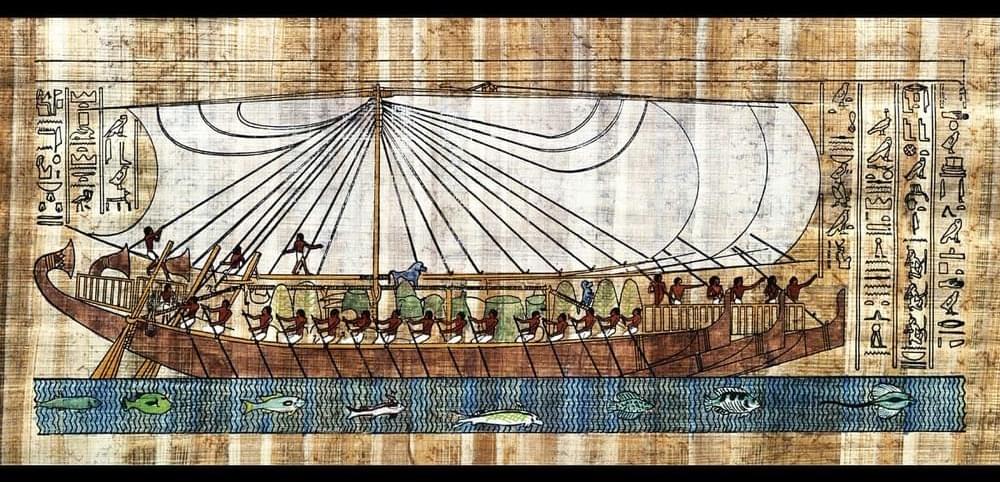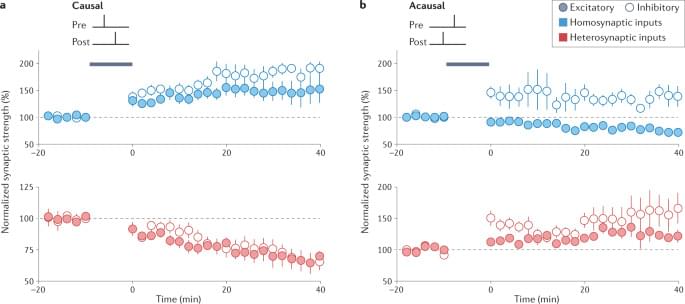The latest Omicron variant is making scientists take notice in the US — so what do you need to know?



Papyrus boats, rowing and transport ships, sacred boats… during the Pharaonic era, various boats sailed the Nile and even the high seas.
Without the Nile, the holy river, Egypt would only be a vast desert. In ancient times, the annual rise of its waters guaranteed the sustenance of those who lived on its shores and, at the same time, served as a privileged communication route along the thousands of kilometers of its channel.
For this reason, in the daily life of the ancient Egyptians, ships played a fundamental role, whether it was for the movement of people, the transport of goods, or numerous religious ceremonies.

Cortical inhibitory interneurons undergo diverse forms of long-term synaptic plasticity. In this Review, Sjöström and colleagues describe the diversity of this interneuron plasticity and highlight that the plasticitome, a comprehensive database of plasticity rules, is needed to understand circuit plasticity complexity.

Seneb was a high-ranking court official in ancient Egypt who lived around 2,520 BC. He was a dwarf, but this did not prevent him from achieving great success and importance in society.
He owned thousands of cattle, held twenty palaces and religious titles, and was married to a high-ranking priestess with whom he had three children.
The acceptance and integration of individuals with physical disabilities was valued in ancient Egyptian society, as demonstrated by Seneb’s successful career and lavish burial arrangements.
– 3000+)
🔔 Subscribe now for more Artificial Intelligence news, Data science news, Machine Learning news and more.
🦾 Support us NOW so we can create more videos: https://www.youtube.com/channel/UCItylrp-EOkBwsUT7c_Xkxg.
We’ve all heard and brushed off those crazy seeming futurists claims that robots replace most human activities in the future. But when we look at the pace at which AI and technology is growing, the thought doesn’t seem so crazy afterall.
#Robot #Timelapse #Future.
📺 Fun fact: Smart people watch the entire video!
Watch More from Artificial Intelligence News Daily.


2548–2530 BC. Egyptian Museum in Cairo, Egypt.
This Menkaure Triad is the most important piece of the entire set of statues found by George Reisner in the vicinity of the Giza temple. The sculpture stood out from the beginning for its realism, excellence, and austere beauty, qualities that have made it one of the most emblematic works of the Cairo Museum.
During excavations in Giza in 1908, the American Egyptologist George Reisner located diverse sculptural works of magnificent craftsmanship buried next to the temple of Menkaure.

